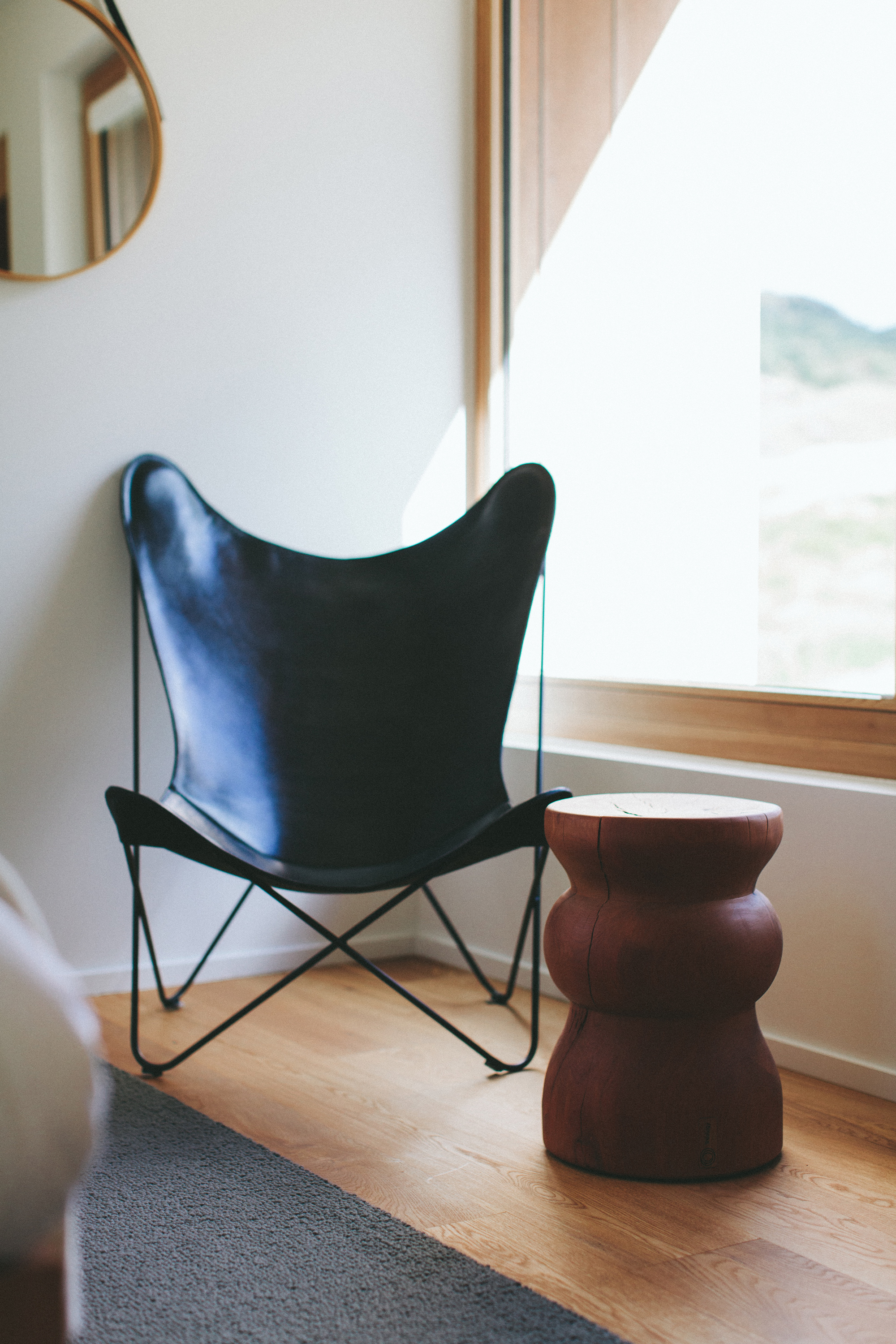A brief history of Chris in Sport
Sporting career, Golf, I played golf from 12 to my early 20s, I played to a high standard on a handicap of 0 and had the opportunity to play in America for a time. In a time of the late 80s to late 90s there was not a lot sports science/ strength and conditioning education, programming and knowledge about athletic preparation available to the general public, and unless you were on an Olympic programme, a professional sports person or studying human movement and athletic preparation at degree level the information to train safely and effectively was hard to come by. So, because my idol Nick Faldo was a big advocate of fitness to improve his ability to play the game of golf, I also tried to train to improve my fitness. However, at the time Nick Faldo was a major winner with plenty of cash to invest into an educated programme that focused on improving all aspects of his fitness, I on the other hand had access to a local bodybuilding gym and plenty of hills to run around. This meant with the lack of knowledge and experience I quickly trained massive imbalances through focusing on what most teenage boys focus on, arms, shoulders, chest and back. With this imbalance came sciatica or for a teenage boy crippling back pain which at one point left me bed bound for 3 months, if only I had the knowledge I do now back then. However, the main reason I stopped playing golf was not the physical aspect of the sport it was the psychological side of golf, as I like to take human movement to the Nth degree and want to know every aspect of human movement the how and why do we move the way we do, standing over a little white ball that’s not going to go anywhere or do anything unless you do something to it (Newton’s laws), and depending on what you do depends on where the little white ball goes, was let’s say frustrating. But because I didn’t have the knowledge to understand why we move the way we do I found myself overthinking every little aspect of the movement and getting stuck over the ball and not being able to move.
My next sporting adventure went in the direction of motorbike racing. And in my early to mid-20s I raced in a steel frame class with a Honda CBR 600cc with the Auto 66 club around the North East and with the Derby Phoenix Motorcycle club at national race tracks around the UK. I got away from the overthinking everything, as you did not have time to think you just had to react to what was in-front of you, whether it was a back wheel, a corner or a rider spinning around on their back like an upturned turtle. I was still suffering with back pain which meant there was plenty of times I had to take a handful of co-codamol and get lifted on and off the bike. But to help with my fitness I started to take to bicycling around the local hills, this helped me improve my aerobic fitness and keep my weight down. With the lack of impact from running it seemed to ease the back pain, but I still didn’t have the knowledge to deal with the main issue of the imbalances. However, I did start to work more on my core torso strength and endurance and hip mobility and flexibility as this helped me massively with my position on the bike and still being very strong in my upper body meant I didn’t have to deal with something called arm pump that a lot of riders were suffering with. I had a bit of success with leading the championship with the Auto 66 club, but with a broken gear selector and unable to get a new one for months meant I missed to much of the season to stay in the lead of the championship. I love the sport of racing, the speed the adrenaline the working out how to go faster than the racer in-front or faster than yourself, the whole helmet on brain out see where you stand when the dust settles and deal with the consequences after massively appeals to me. But as I was getting older I didn’t bounce as well even though I have never broken anything (touching wood) landing a 120mph step of the bike with thoughts of I still got this with the throttle pinned, makes you think of self-preservation when the helmet comes of and you put your brain back in.
So to try and bring things down to a more sensible speed after the motorbike racing came bicycling, and as I had done a fair bit of cycling to keep in shape for motorbiking I wasn’t too bad at it, or so I thought until I was racing in a town criterium going up a steep hill and a load of riders came past me like I was stood still. Realising that in my early years of going to a bodybuilding gym my arms were bigger than their legs, which at my first 10 mile Time Trial one of the racers looked at me and said “you would do well to use your arms to pedal” I tried my best to put a look of humour on my face, I realised I wasn’t quite built for this discipline of bicycle racing, with still a desire for speed and close action racing it led me to track cycling and more importantly sprint track cycling. At a time, I was also starting my degree for sports science and from this I finally learnt how to train and prepare myself. There was a lot of years of bad technique, bad movement patterns, and big imbalances to correct before even starting to think about moving forward with my strength, speed and power for the sport of sprint track cycling. My thirst for knowledge of human movement has always been at the forefront of my mind when competing in the sports I have; I could now begin to fill that thirst for knowledge. Sprint track cycling is still a reactive sport so you don’t have time to think but all the training involved meant it would satisfy my want to understand how and why we move the way we do. But when you look at the pedalling action its not very complex there is dorsiflexion and plantar flexion in the ankle, flexion and extension in the knee and hip and everything else should stay still. It’s when you have a massive transfer of power through the legs everything else must be strong enough to resist excessive movement. Whilst doing research of EMG muscle activation of the postural chain whilst sprinting in a horizontal torso position, we saw a significantly higher activation in the arms, upper back and external obliques in the horizontal torso position when comparing it to an up-right torso position. Meaning the hips, upper back and arms must deal with a massive amount of force to keep everything still so there is no loss of power through the chain from the hands to the feet.
Whilst I am still currently training for sprint track cycling as a masters athlete, to be competitive at a world championship level requires a lot of time and dedication to even finish in the top 10 and due to completing my Masters in sports science I could not commit to the time needed to be competitive. So, I now also compete in powerlifting events and because the strength and speed training I do for sprint cycling at world championship level, means it has a good cross over for powerlifting. From this you realise the importance for any speed or strength-based athlete to be able to be able to exert force as fast as possible to produce power is key to your sporting performance. As a rule of thumb professional level athletes should be able to squat 2/2.5 times their body weight, deadlift 2.5/3 times their body weight and press 1/1.5 times their body weight. When you understand the forces involved in sports just for an athlete to accelerate, stop and change direction with just their own body weight, you can understand why an athlete has to be able to move the weight required in training.
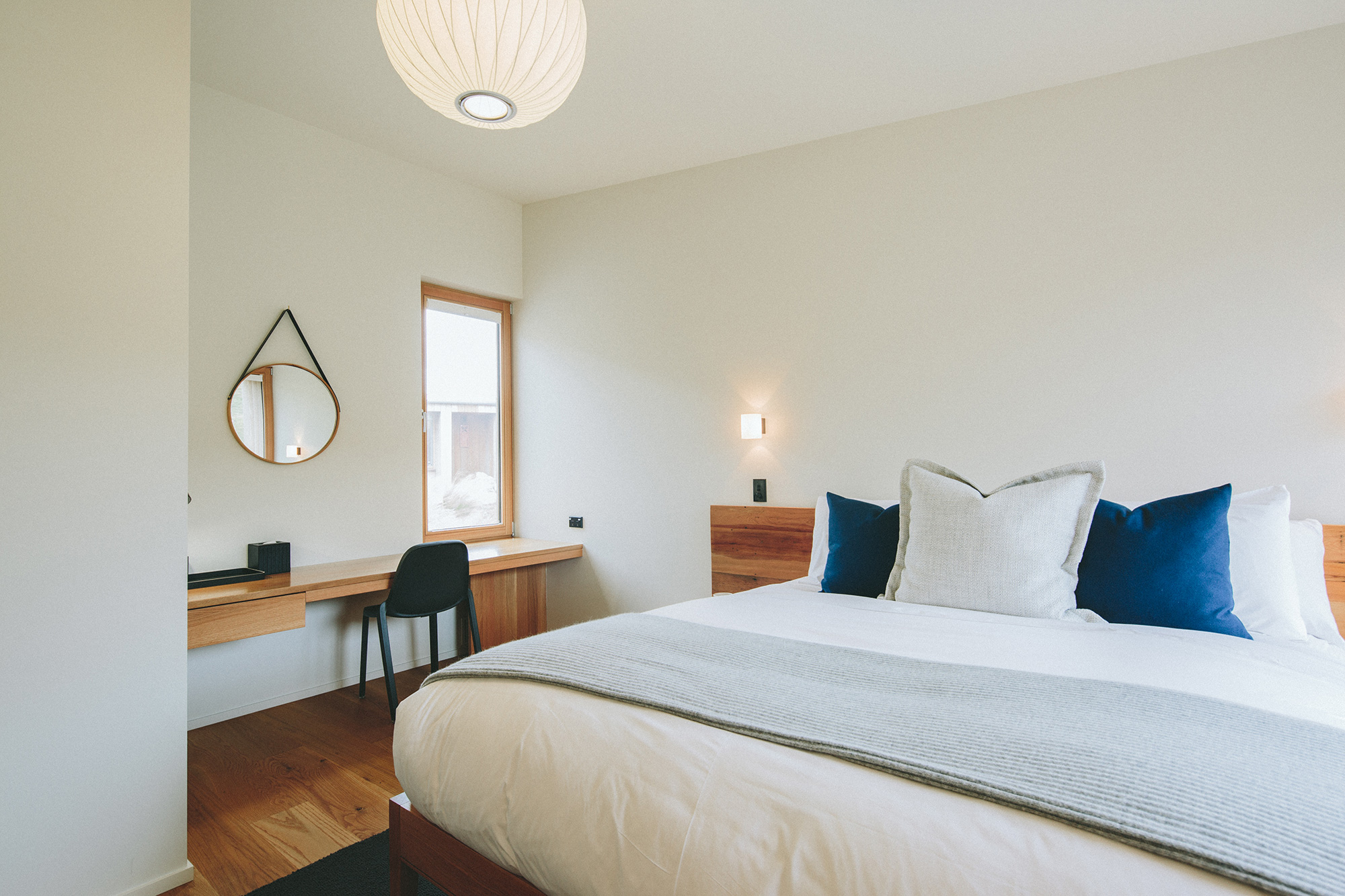
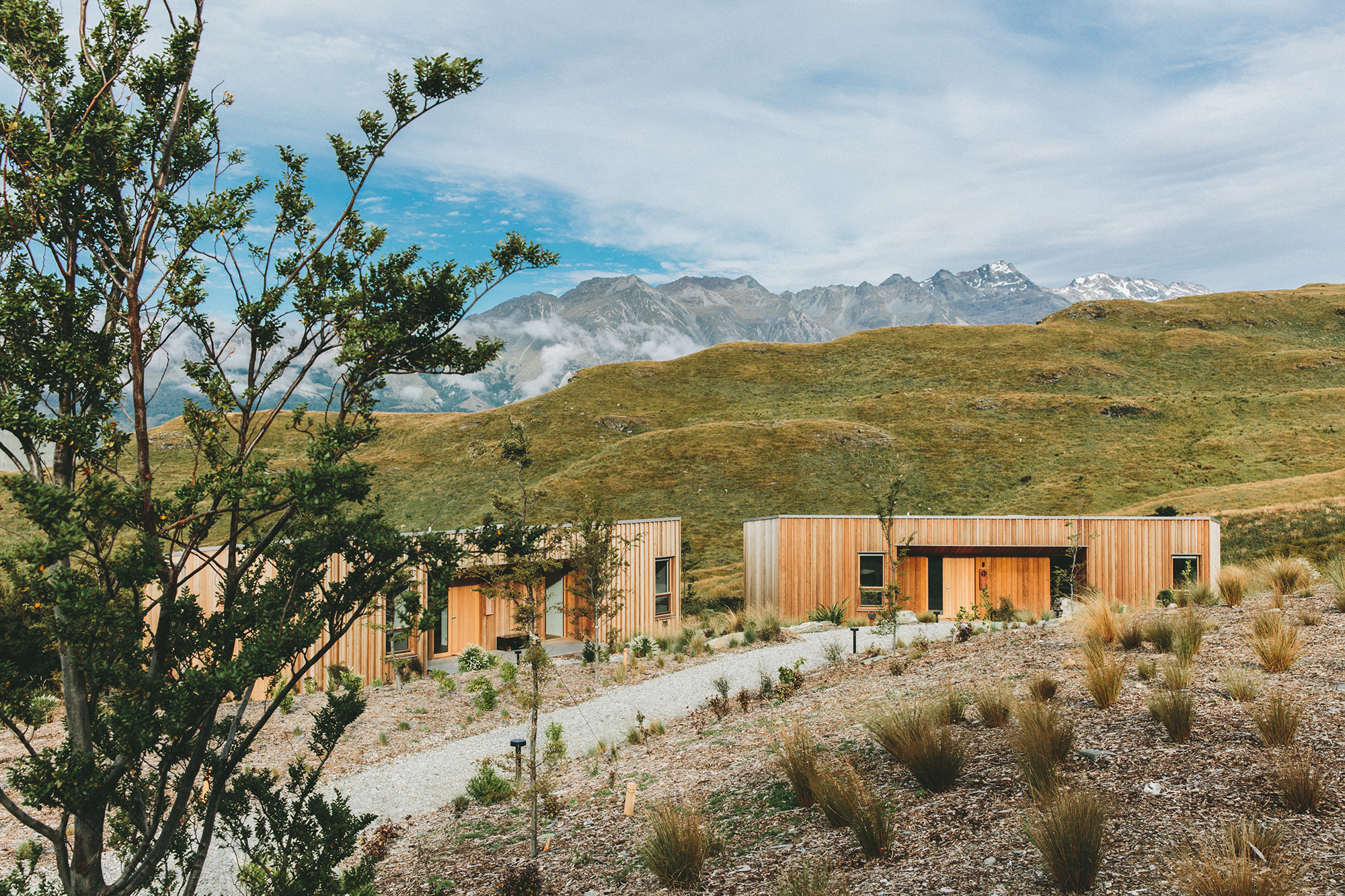




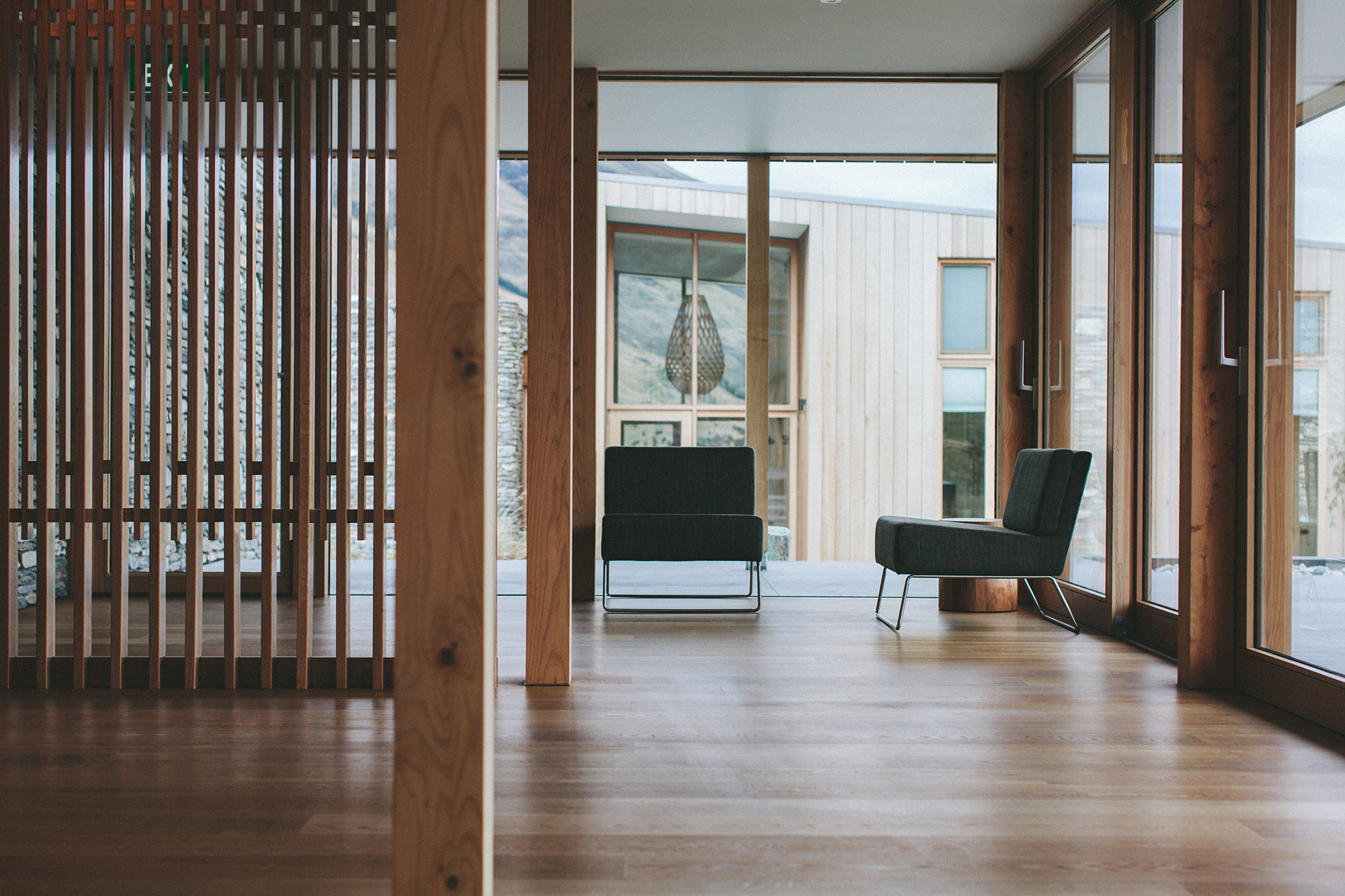

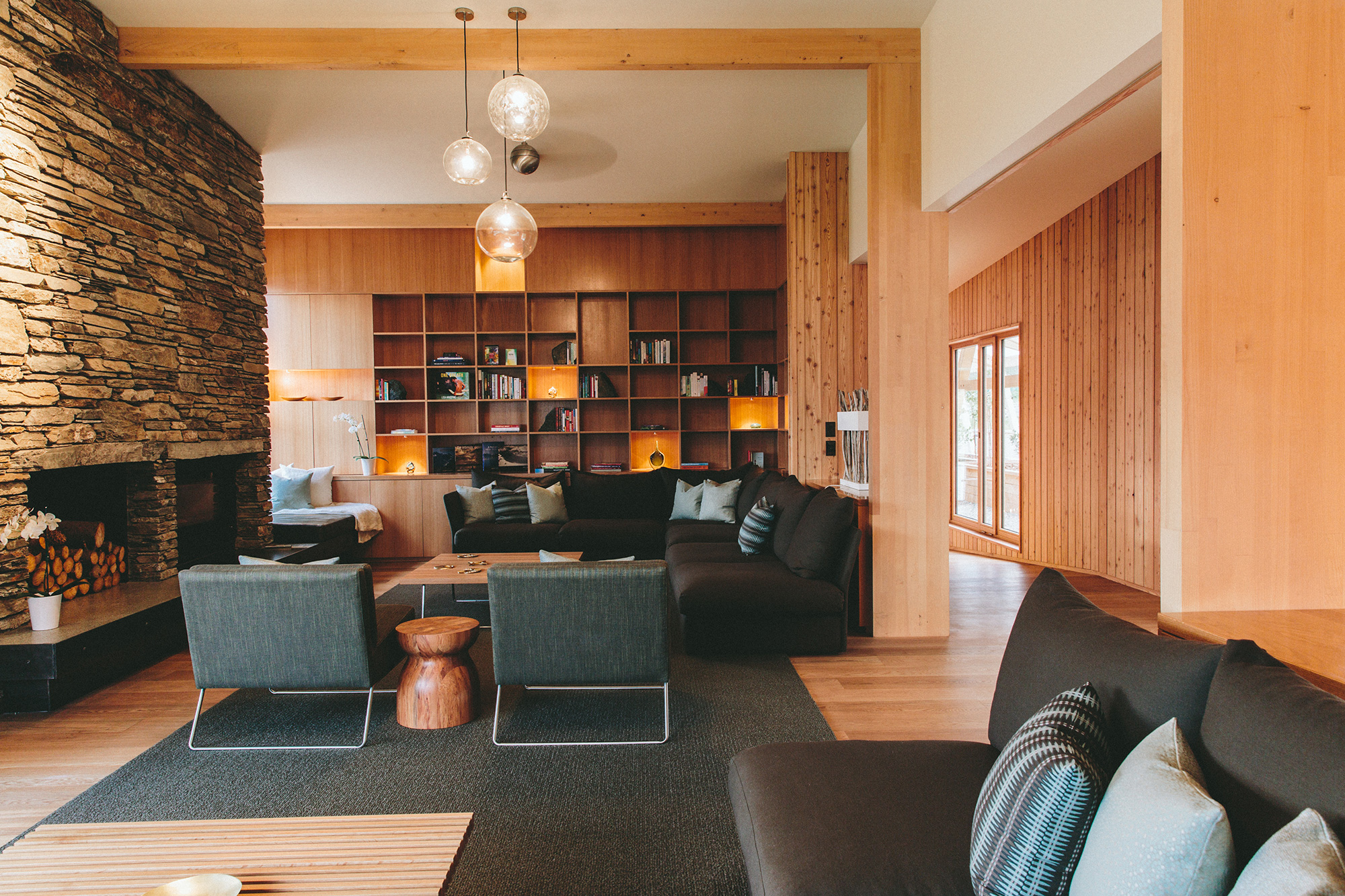
ALL ROOMS AND SUITES FEATURE THE FOLLOWING AMENITIES:
Aliquam tincidunt mauris eu risus.
Nunc dignissim risus id metus.
Cras ornare tristique elit.
Vivamus vestibulum nulla nec ante.
Praesent placerat risus quis eros.
Integer vitae libero ac risus egestas placerat.
Mattis in risus.
Auctor elementum est.
Vestibulum auctor dapibus neque.
Ut aliquam sollicitudin leo.
Cras iaculis ultricies nulla.
Praesent placerat risus quis eros.
Fusce pellentesque suscipit nibh.
Vestibulum commodo felis quis tortor.
Ut aliquam sollicitudin leo.
Cras iaculis ultricies nulla.
Proin quis tincidunt arcu.
Vivamus luctus suscipit tortor.


